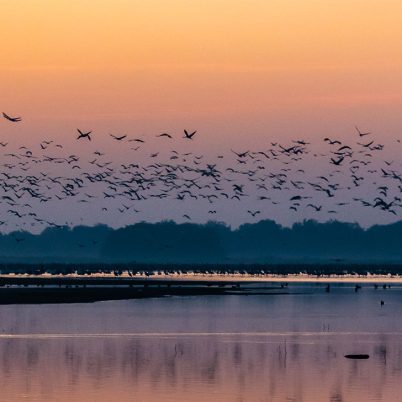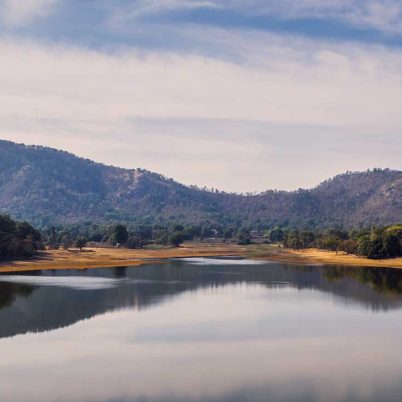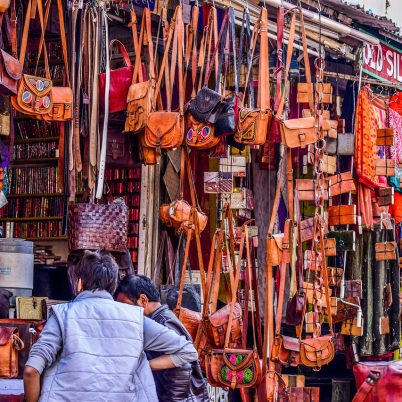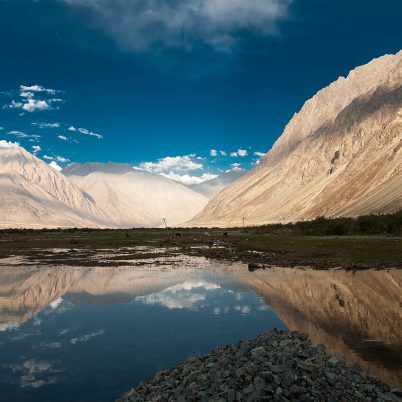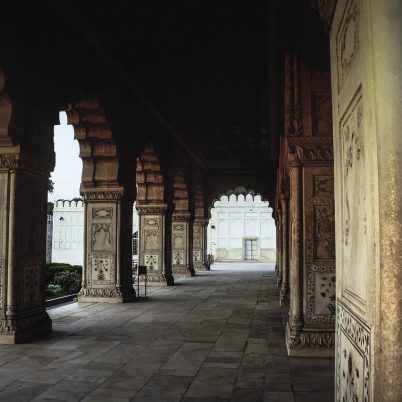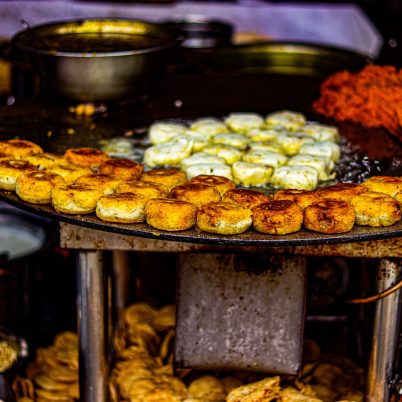A trip to Spiti Valley is unforgettable. If you’re wondering about how to reach Spiti Valley, while making travel plans, then look no further. Here are some useful guidelines that will help you make your plans.
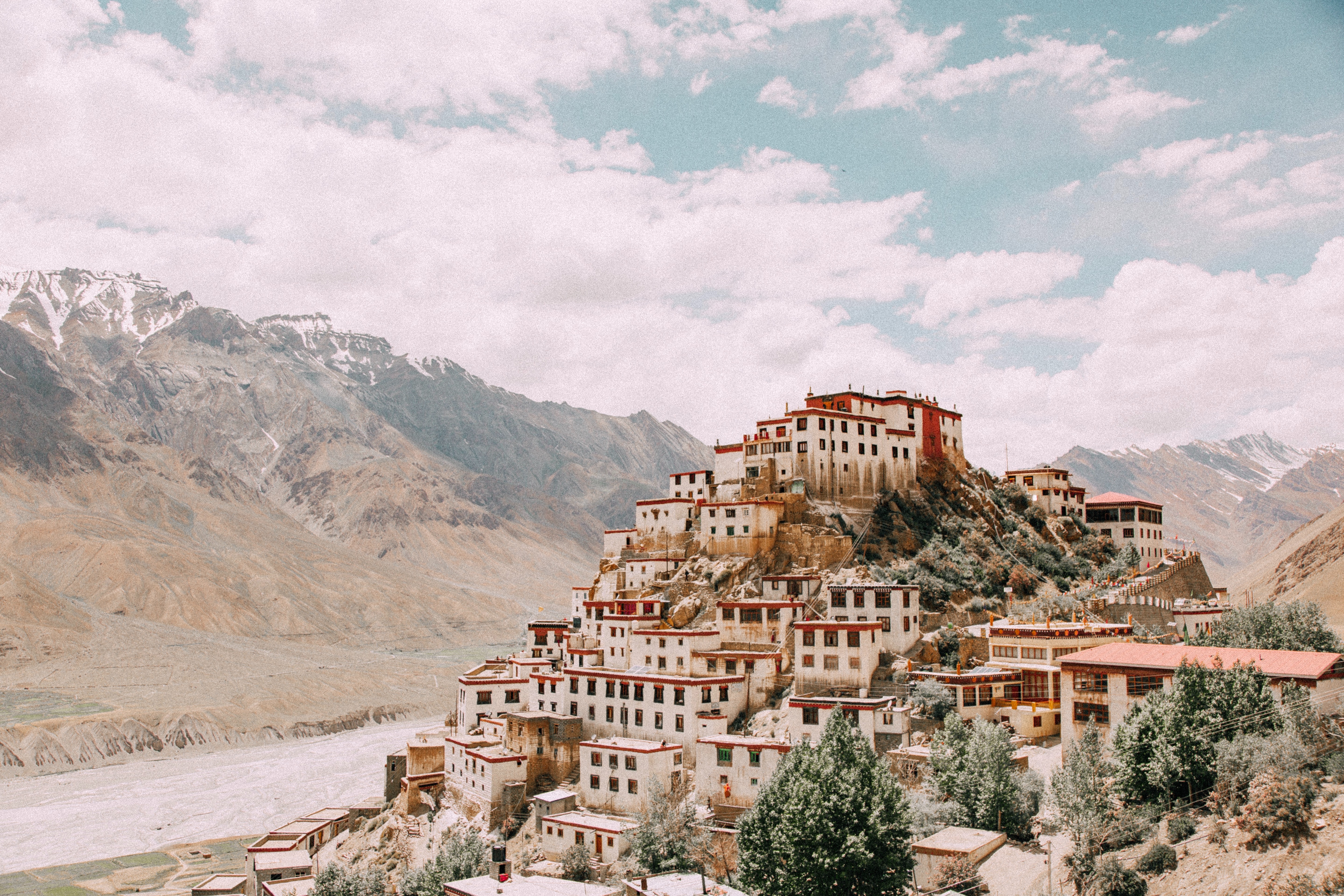 Key monastery is a must-visit when in Spiti
Key monastery is a must-visit when in Spiti
How to reach Spiti Valley:
By Air: The closest airport would be in Kullu. So you can fly to Kullu from any major city in India. Hiring a taxi from the airport is easy, and can take you directly to Spiti.
By Rail: The nearest railway station is Shimla. The great thing is there are bus and taxi services to and from Spiti running regularly at the station itself, so you can hop on right away.
By Bus: The Himachal Road Transport Corporation has buses that ply regularly all over Spiti Valley. This is the best way to get around if you want to rely on public transport.
By Car: Spiti Valley can be accessed only by road since there are no airports or stations there. The roads are open pretty much all year round. There are two routes you can take to get into Spiti via road. The first is from Manali (which you can reach by flight from Delhi). If you hire a car from Manali, you’ll head towards Spiti Valley via the Rohtang Pass. Take a right at Gramphu and cross over to Kunzum La. While this is the shorter route, it’s not the best-recommended one as the quick ascend up 4000m can cause Altitude Mountain Sickness (ALM). It’s better if you take the longer route from Shimla. You can take the NH 22 from Shimla, and pass through Narkanda, Rampur, Wangdu and Karchham, with small breaks along the way to acclimate yourself. This road takes you straight to Nako via Kinnaur and you’ll enter Spiti Valley from Sumdo. The routes are open at different times of the year so plan ahead.
 Tabo Monastery Located in the Spiti-Lahaul region of the Himalayas (Credit_nomad-bikers)
Tabo Monastery Located in the Spiti-Lahaul region of the Himalayas (Credit_nomad-bikers)
Things to do there
A trip to Spiti Valley is like no other. With powdery-white snow-covered mountains in the winter session, frozen lakes and waterfalls, the crispy chill in the air, Spiti Valley is an ideal tourist destination for travellers who enjoy winter holidays and activities. Whether it’s trekking in the snow, trying to climb a frozen waterfall, going on a photography jaunt in the valley or tracking down a snow leopard, you’ll find there is something for everyone. Since there aren’t too many people that live here, you won’t find it crowded and can vacation in peace.
Duration of winter: Winters in Spiti extend for 5 months i.e. from October to February.
Average Temperature: The average temperatures range between 0°C in the day to around -40°C at night.
Keep in mind
- Pack clothes so that you can wear layers. You’ll need a good pair of walking shoes and a hat.
- The Winter months are October to February.
- Spiti Valley is ideal for solo travellers because the locals are very hospitable.
- Be ready for a rough-and-tough travel experience.
- You may require permits depending on which way you are entering Spiti Valley when travelling by road.
- Stock up on cash, because there aren’t many working ATMs in Spiti.
- Whether it’s your first time or you’re a seasoned traveller, you’ll need time to acclimate yourself to the altitude of Spiti Valley. Don’t take it lightly.
- ALM symptoms include breathlessness and nausea.
 You can spot a Snow leopard if lucky!
You can spot a Snow leopard if lucky!
Now that you have all the necessary details to plan your trip to Spiti Valley, you can plan your itinerary accordingly. Spiti Valley is definitely something you must add to your travel bucket list if you seek untravelled paths, natural beauty at its best and the solitude of the uncrowded, undisturbed mountain range.
helping you travel your way
Everything you need to know about India is here We have tried writing about everything you may need help with for your trip to India, If you need help in planning a trip to India Get in touch with us to to plan your trip of a life time.


